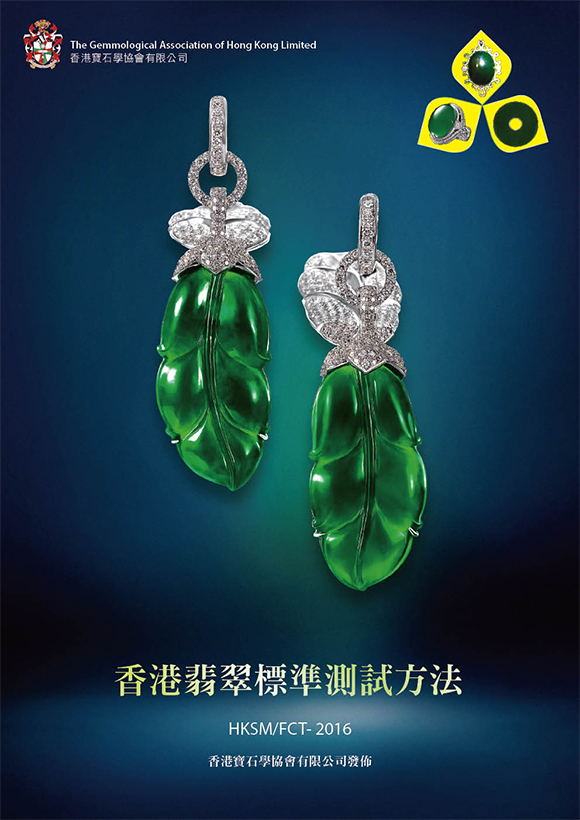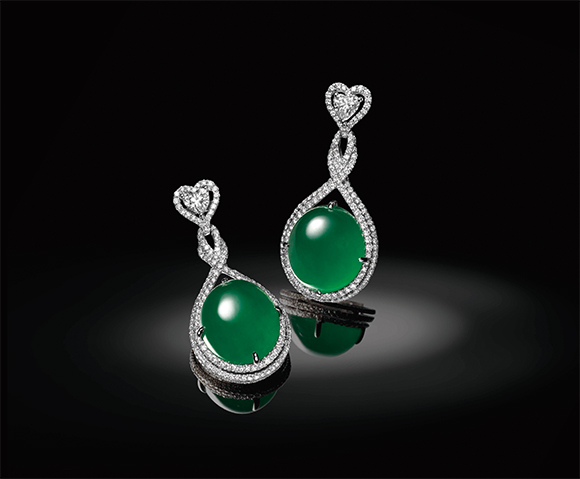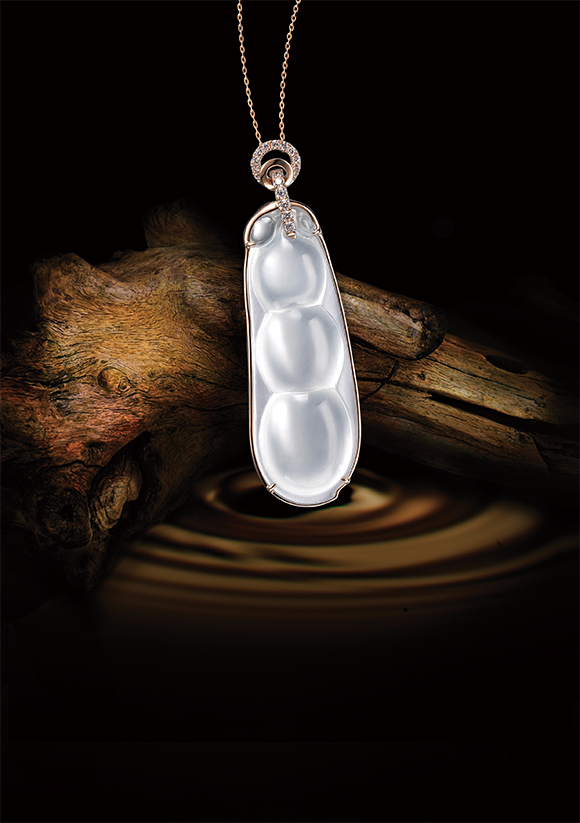《香港翡翠標準測試⽅法》和翡翠的定義
前言
《香港翡翠標準測試方法》展示了一套推薦在香港地區使用的翡翠鑑定和測試的標準方法。香港寶石學協會有限公司(The Gemmological Association of Hong Kong Limited)於2016年2月19日發佈和印製了這套標 準測試方法的英文版本。
這套標準測試方法的制定工作是由項目工作小組負責執行。在制定過程中,項目工作小組諮詢了內地和 海外有關領域的寶石學家和學術界權威的專家意見。我們在此謹向各位就標準制定工作作出貢獻的專家,致以最誠懇的謝意。
為確保這套標準能成為香港地區翡翠行業接納的共用測試方法,項目工作小組向相關珠寶及翡翠行業協會廣發這套標準的草案本,徵詢他們的意見,並將一些重要的行業觀點納入標準的定案版本。我們在此真誠感謝所有同業的支持。
香港寶石學協會歡迎珠寶及翡翠業的同業繼續就這套標準測試方法提出意見,以便協會日後可以進一步 改善《香港翡翠標準測試方法》的內容、科學性、可使用性和同業接受程度。
下載
簡介
翡翠 (FEI CUI),是一個廣義的名稱,泛指由化學成分相關、且外觀相似的三個翡翠成員 — 硬玉質翡翠、 綠輝石質翡翠和鈉鉻輝石質翡翠。由於認可的翡翠測試報告或證書的需求量很大,在買賣活動中,令翡翠行業和寶石鑑定所從中受益,從而提升本地寶石行業的公信力,本標準測試方法由香港寶石學協會制定並發行,旨在規範以下內容:
[1] 翡翠(綠色、黑色、白色和無色)測試方法和實踐
[2] 簽發翡翠鑑定報告或證書時要按設定的技術參數,規格和內容
[3] 翡翠的定義和命名法
翡翠的定義—硬玉質翡翠/綠輝石質翡翠/鈉鉻輝石質翡翠
翡翠是一種粒狀到纖維交織狀的多晶質集合體,可以由硬玉、綠輝石和鈉鉻輝石的其中一種礦物單獨組成, 或者一種礦物為主,或以它們三種礦物的任意組合形式存在。
硬玉質翡翠是粒狀到纖維交織狀的多晶質集合體,其主要礦物成分是硬玉(NaAlSi2O6),其他礦物如綠輝石和鈉鉻輝石等也可存在。
綠輝石質翡翠是微粒狀到微纖維狀的多晶質集合體,其主要礦物組成是綠輝石[(Ca,Na)(Mg,Al)Si2O6],其他礦物如硬玉和鈉鉻輝石等也可存在。
鈉鉻輝石質翡翠是粒狀到纖維交織狀的多晶質集合體,其主要礦物成分是鈉鉻輝石(NaCrSi2O6),其他礦物如硬玉和綠輝石等也可存在。
若要區分三個翡翠成員:硬玉質翡翠、綠輝石質翡翠和鈉鉻輝石質翡翠,建議採用附錄3(資料性補充)的翡翠紅外光譜指紋區的鑑定特徵,作為判斷的證據。附錄1提供的翡翠樣本鑑定步驟的流程圖解,供鑑定所參考使用。
翡翠的主要物理性質—硬玉質翡翠/綠輝石質翡翠/鈉鉻輝石質翡翠
註釋:
1. 對光澤和硬度的測定不包含在《香港翡翠標準測試方法》的研究範圍內;
2. 標準測試方法中的相對密度測定不適用於鑲嵌翡翠;
3. 相對密度的測試結果可能存在變化,這取決於翡翠不同的結構和所含的伴生礦物。
天然翡翠與經處理的翡翠類型
註釋:
1. 以無色蠟拋光,而沒有破壞天然翡翠的本身結晶結構,將不視為化學處理的一種。





